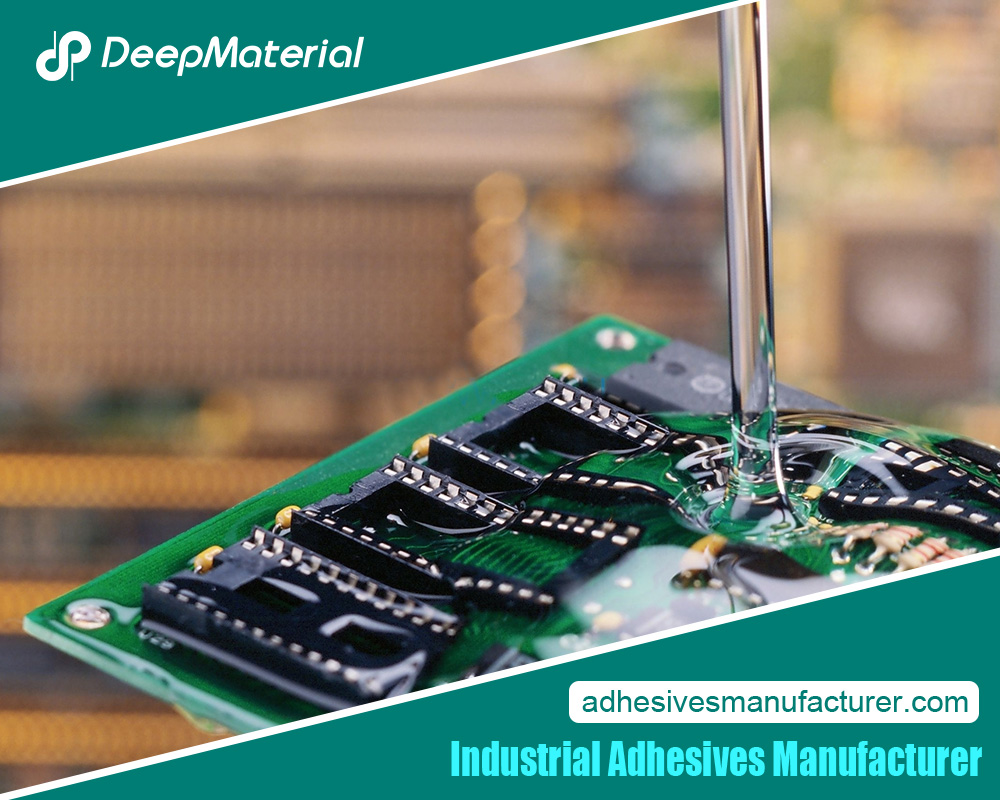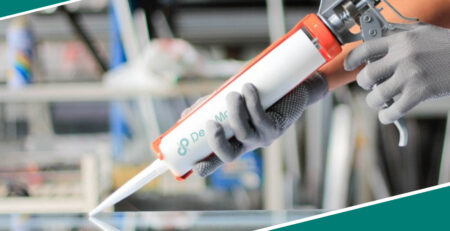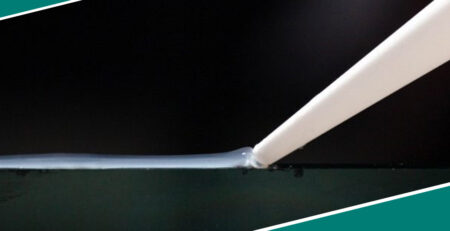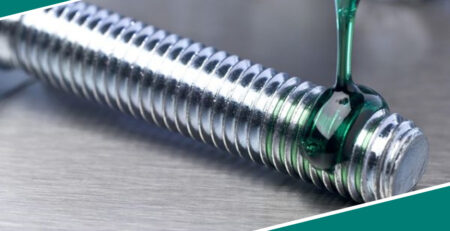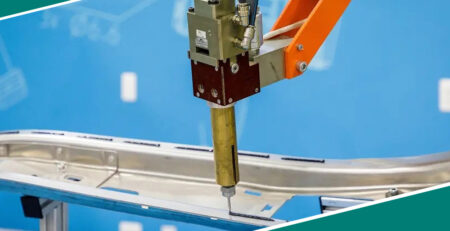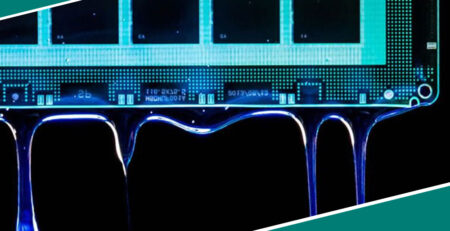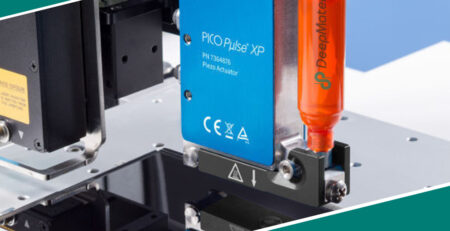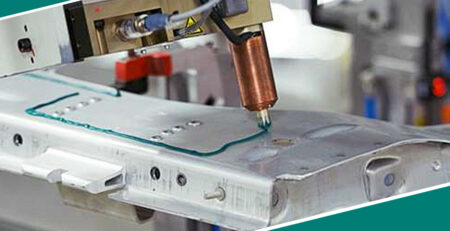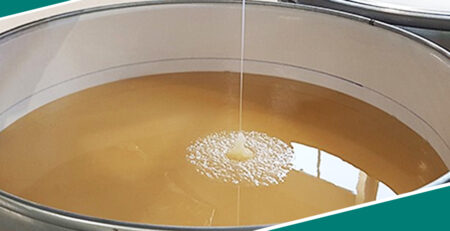One-Part Structural Adhesives: A Comprehensive Overview
One-Part Structural Adhesives: A Comprehensive Overview
Structural adhesives are specialised bonding materials that create solid and durable connections between various substrates in construction, automotive, aerospace, electronics, and other industries. Among the different types of adhesives available, one-part structural adhesives stand out for their convenience and efficiency. These pre-mixed adhesives require no additional mixing or preparation, simplifying the bonding process. This article will delve into the world of one-part structural adhesives, exploring their types, applications, advantages, and considerations for use.
What Are One-Part Structural Adhesives?
One-part structural adhesives are formulated to bond a wide range of materials, such as metals, plastics, composites, and even dissimilar substrates. Unlike two-part adhesives, which require mixing a resin and a hardener before application, one-part adhesives are pre-mixed and ready to use directly from the container. Depending on their chemical composition, they cure through various mechanisms, such as heat, moisture, or UV light.
One-part structural adhesives are widely used in industries that require high-strength, load-bearing joints. These adhesives provide superior performance in challenging environments, offering excellent resistance to heat, chemicals, and mechanical stress. They are often chosen for their ability to distribute stress evenly across bonded surfaces, resulting in more robust and reliable connections compared to traditional fastening methods like screws or bolts.
Types of One-Part Structural Adhesives
There are several types of one-part structural adhesives, each with distinct properties and curing mechanisms. Some of the most common types include:
Epoxy-Based Adhesives
Epoxy adhesives are renowned for their exceptional strength, durability, and resistance to environmental factors such as heat, chemicals, and moisture. One-part epoxy adhesives are heat-cured, requiring elevated temperatures to initiate the curing process. This makes them ideal for applications where high heat is either present during operation or can be applied during bonding. Due to their excellent bonding capabilities and long-term performance, epoxy-based adhesives are frequently used in the aerospace, automotive, and electronics industries.
Polyurethane-Based Adhesives
Polyurethane adhesives are known for their flexibility, making them an excellent choice for applications where bonded materials may experience movement or stress over time. One-part polyurethane adhesives cure through exposure to moisture in the air, which triggers a chemical reaction that hardens the adhesive. These adhesives provide good adhesion to various substrates, including metals, plastics, and composites. They are often used in construction, woodworking, and automotive applications, requiring strength and flexibility.
Silicone-Based Adhesives
Silicone adhesives are valued for their excellent resistance to extreme temperatures, moisture, and UV radiation. They are often used in applications requiring long-term performance in harsh environments, such as automotive engines, electrical components, and outdoor construction projects. One-part silicone adhesives cure through exposure to moisture and provide strong bonds to various materials, including glass, metals, and ceramics. Their ability to maintain elasticity even after curing makes them ideal for sealing and bonding in dynamic applications.
Acrylic-Based Adhesives
Acrylic adhesives are known for their rapid curing times and strong bonds to porous and non-porous materials. One-part acrylic adhesives are often UV-cured, requiring exposure to ultraviolet light to initiate the curing process. This type of adhesive is commonly used in industries such as electronics and medical devices, where fast bonding and precision are critical. Acrylic-based adhesives resist chemicals and environmental factors, making them suitable for various demanding applications.
Cyanoacrylate-Based Adhesives (Super Glue)
Cyanoacrylate adhesives, commonly known as superglue, are fast-curing adhesives that form strong bonds with minimal application. One-part cyanoacrylate adhesives cure upon exposure to moisture, making them convenient for use in small-scale bonding applications. While cyanoacrylate adhesives provide excellent strength for their size, they are often more brittle than other types of structural adhesives. They may perform better in load-bearing or high-stress environments. They are commonly used for quick repairs and bonding small components.
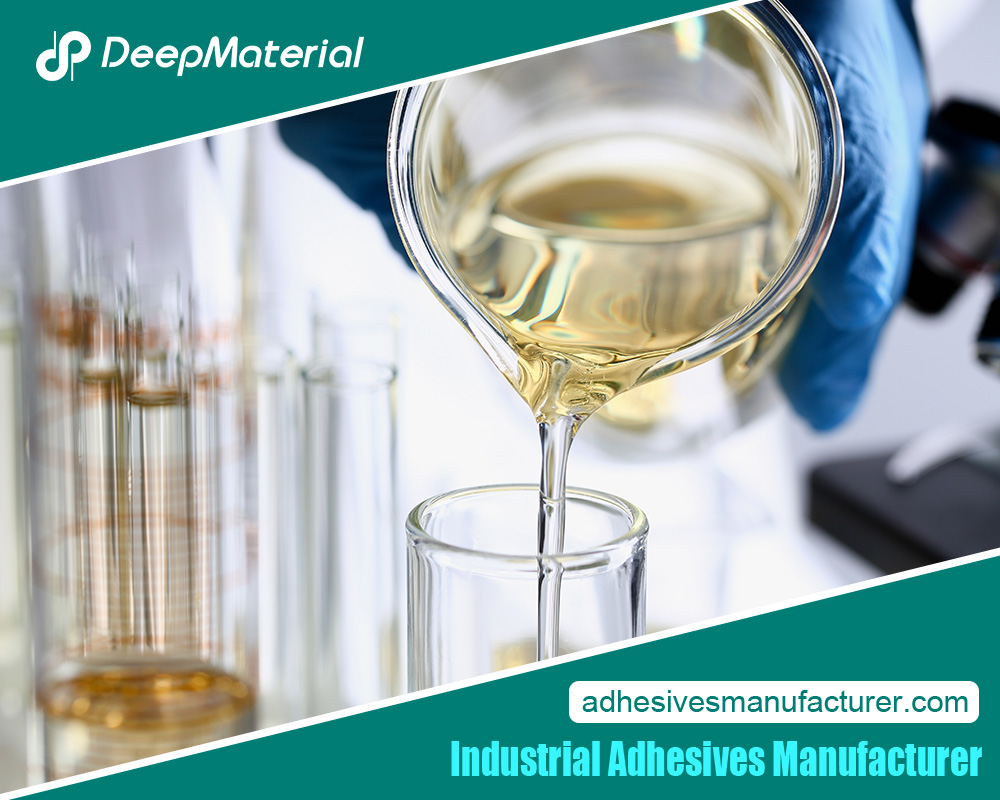 Applications of One-Part Structural Adhesives
Applications of One-Part Structural Adhesives
One-part structural adhesives are used across various industries, offering versatile solutions for bonding and assembly. Some of the most common applications include:
Automotive Industry
In the automotive industry, one-part structural adhesives play a critical role in assembling vehicles. They bond various components, such as body panels, chassis parts, and interior trims. These adhesives provide a lightweight alternative to mechanical fasteners, reducing overall weight and improving fuel efficiency. Additionally, one-part adhesives help improve vehicle crashworthiness by distributing impact forces more evenly, enhancing occupant safety.
Aerospace Industry
The aerospace industry demands high-performance adhesives capable of withstanding extreme conditions, including temperature fluctuations, pressure changes, and mechanical stresses. One-part structural adhesives are commonly used in aircraft assembly to bond metal and composite components. Their ability to maintain structural integrity under harsh conditions makes them essential for critical applications, such as bonding wing skins, fuselage sections, and engine components.
Construction Industry
In construction, one-part structural adhesives bond materials like concrete, steel, and wood in load-bearing applications. These adhesives provide strong, durable bonds that can withstand heavy loads and environmental exposure. One-part polyurethane and epoxy adhesives are often used for tasks such as bonding structural beams, sealing joints, and installing insulation panels. Their ease of use and reliability make them a preferred choice in both residential and commercial construction projects.
Electronics Industry
One-part structural adhesives are widely used in the electronics industry for assembling and encapsulating components. These adhesives provide excellent adhesion to plastics, metals, and ceramics, making them ideal for bonding circuit boards, sensors, and housings. UV-curable acrylic adhesives are particularly popular in electronics manufacturing due to their rapid curing times and precision bonding capabilities. The ability to withstand heat and chemical exposure also makes these adhesives suitable for use in electronic devices that operate in challenging environments.
Marine Industry
In the marine industry, one-part structural adhesives bond and seal components exposed to water, salt, and harsh weather conditions. These adhesives provide strong, water-resistant bonds for bonding hull panels, deck fittings, and underwater equipment. Silicone-based and polyurethane adhesives are commonly used in marine environments due to their excellent resistance to moisture and flexibility in dynamic conditions.
Advantages of One-Part Structural Adhesives
One-part structural adhesives offer several key advantages, making them a preferred choice in many industries. Some of the most significant benefits include:
Convenience and Ease of Use
One of the primary advantages of one-part structural adhesives is their ease of use. Unlike two-part adhesives that require precise mixing and preparation, one-part adhesives are pre-mixed and ready to use directly from the container. This simplifies the bonding process, reduces the risk of errors, and saves time, making them ideal for large-scale manufacturing and minor repairs.
Consistent Performance
Since one-part structural adhesives are pre-formulated, they perform consistently with each application. The risk of mixing errors or variations in adhesive properties is eliminated, ensuring uniform bond strength and reliability. This consistency is critical in industries where precise bonding and long-term performance are crucial.
Reduced Waste and Clean-Up
One-part adhesives generate less waste compared to two-part systems, as there is no need to mix excess material. Additionally, clean-up is simplified since there are no separate containers for mixing or measuring components. This makes one-part adhesives more environmentally friendly and cost-effective in the long run.
High Bond Strength
One-part structural adhesives provide excellent bond strength and can withhold heavy loads, mechanical stress, and environmental exposure. They are designed to distribute stress evenly across the bonded surfaces, reducing joint failure risk and enhancing overall structural integrity.
Considerations When Using One-Part Structural Adhesives
While one-part structural adhesives offer numerous benefits, there are also some essential considerations to keep in mind:
Curing Time and Conditions
The curing time and conditions for one-part structural adhesives vary depending on the adhesive type and formulation. Heat-cured adhesives, such as epoxy-based adhesives, require elevated temperatures to initiate curing, which may necessitate additional equipment or processes. Moisture-cured adhesives, like polyurethane and silicone, rely on environmental humidity to cure, affecting the overall curing speed.
Surface Preparation
Proper surface preparation is crucial for achieving optimal bond strength with one-part structural adhesives. Substrates must be clean, dry, and free of contaminants such as oils, dust, or rust. Some adhesives may also require priming or roughening of the surface to enhance adhesion.
Storage and Shelf Life
One-part structural adhesives must be stored properly to maintain their effectiveness. Exposure to air, moisture, or extreme temperatures can affect the adhesive’s performance. To ensure the adhesive remains usable, it is important to follow the manufacturer’s guidelines for storage conditions and observe the recommended shelf life.
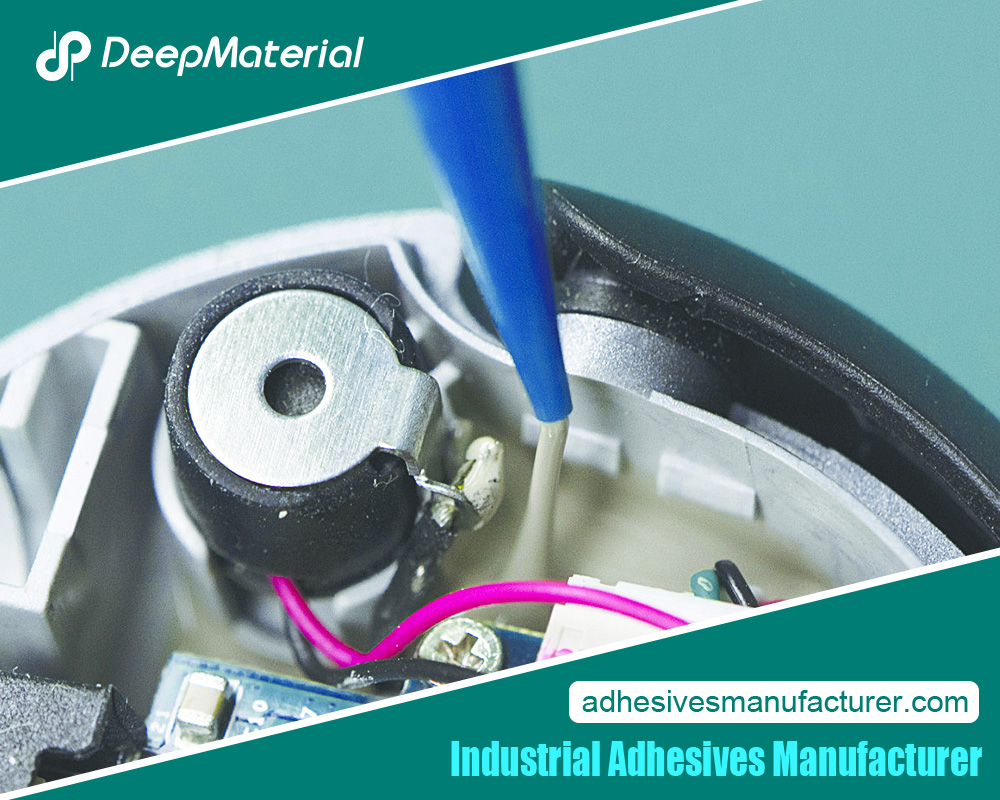 Conclusion
Conclusion
One-part structural adhesives provide a convenient, reliable, and high-performance bonding solution across various industries. Their ease of use, consistent performance, and ability to bond diverse materials make them an invaluable tool for modern manufacturing and assembly processes. Whether in automotive, aerospace, construction, or electronics, one-part structural adhesives are crucial in advancing technology and improving product durability and performance. By understanding the types, applications, and considerations for using these adhesives, industries can make informed decisions about the best bonding solutions for their needs.
For more about a complete guide to one-part structural adhesives: a comprehensive overview, you can pay a visit to Deepmaterial at https://www.adhesivesmanufacturer.com/ for more info.

